Science
Frogs and Toads Together: Why do Amphibians Group Up?April 11, 2025

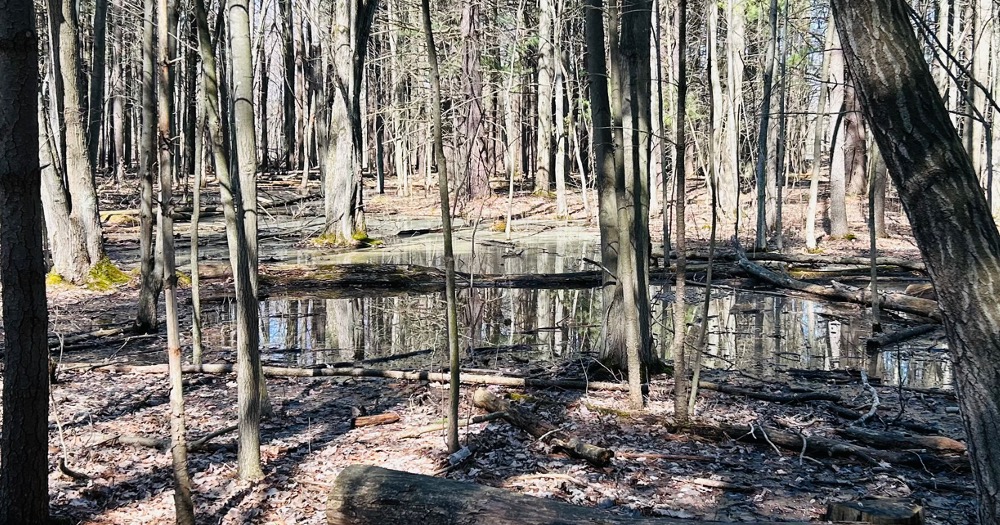
Trudging through the woods with a trail of kindergarteners behind me, we spot our destination right away. Vernal pools sitting there, waiting for us to explore. We all stand around the edge and stare at these innocent puddles wondering what we may find.
I give directions about how to use scientific tools to sample the water, their boundaries, and my expectations. I also explain their job for the day: report to me if they catch water, something that could be food, something that could be shelter, or an animal. I say, “go!” and the children let loose!
Tearing around the edge of the temporary pond I hear shouts of glee and reports coming in. “I got water!”, “I got leaves ; is that shelter?”, “I got a bug!” and more. The magic of vernal pools never disappoints and is a fantastic way to reach curricular goals in science, reading, writing, and math.
Don’t need all the info? Use this list to jump to the stuff you need:
What is the importance of vernal pools?
What are some common vernal pool animals?
The Secret Pool by Kimberly Ridley
Have you ever been walking through a forest in the spring and you come upon a bunch of puddles on the forest floor? Those aren’t puddles, those are vernal pools. So, what is a vernal pool? Vernal pools are temporary ponds made in the spring by melting snow and rain that fill depressions in deciduous forests.
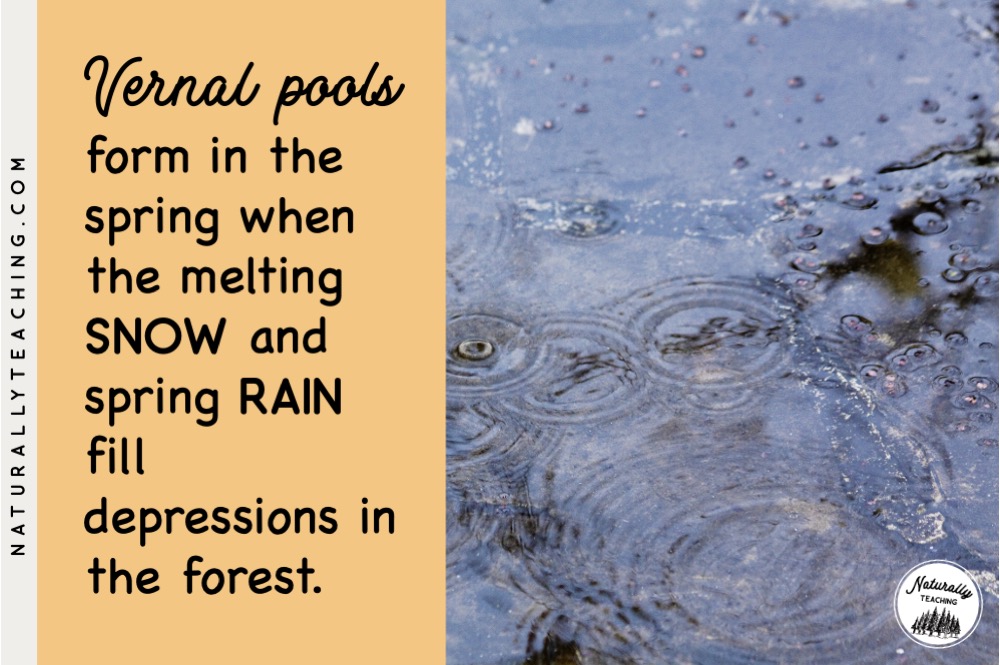
Vernal pools are also called ephemeral wetlands, seasonal ponds, and semi-permanent ponds. Since these bodies of water are not connected to a replenishing water source, they dry up as the weather turns warmer and the water evaporates.
These temporary ecosystems are an important part of the forest ecology, but how do vernal pools form? Vernal pools form in the spring when the temperature has risen enough to melt the snow. When the snow melts, the liquid water runs into depressions in the forest floor where it is joined by spring rain water.
The water remains in these depressions until it evaporates. If the vernal pool is deep, it will likely stick around until the end of summer or even early fall. If the vernal pool is shallow, it will likely evaporate by June or July.
Now that we know what vernal pools are and how they are made, what is the importance of vernal pools? These early ponds are some of the first places that forest animals can get a drink of liquid water after a harsh winter.
Vernal pools also provide stopover sites for migratory birds in the spring. With the number of wetlands decreasing each year, these temporary ponds are critical to helping these birds make their way back to their nesting grounds.
Vernal pools are also a much needed nursery for amphibian young. Because vernal pools are temporary and do not keep water year-round, they cannot support fish. Amphibians migrate to vernal pools to lay their eggs and allow their tadpoles to grow into adults with fewer predators to prey upon them.
Vernal pools also inform scientists about the health of a forest. If vernal pools can support bioindicator species, then the forest must be healthy. Vernal pools that cannot support sensitive species require more studying from scientists to determine what could be causing their absence.
There are a variety of animals that can only be found in vernal pools and others that come and visit vernal pools temporarily. Below is a list of common vernal pool animals with a picture and a short description (Reid, 2001), (Conant, Stebbins, & Collins, 1992).
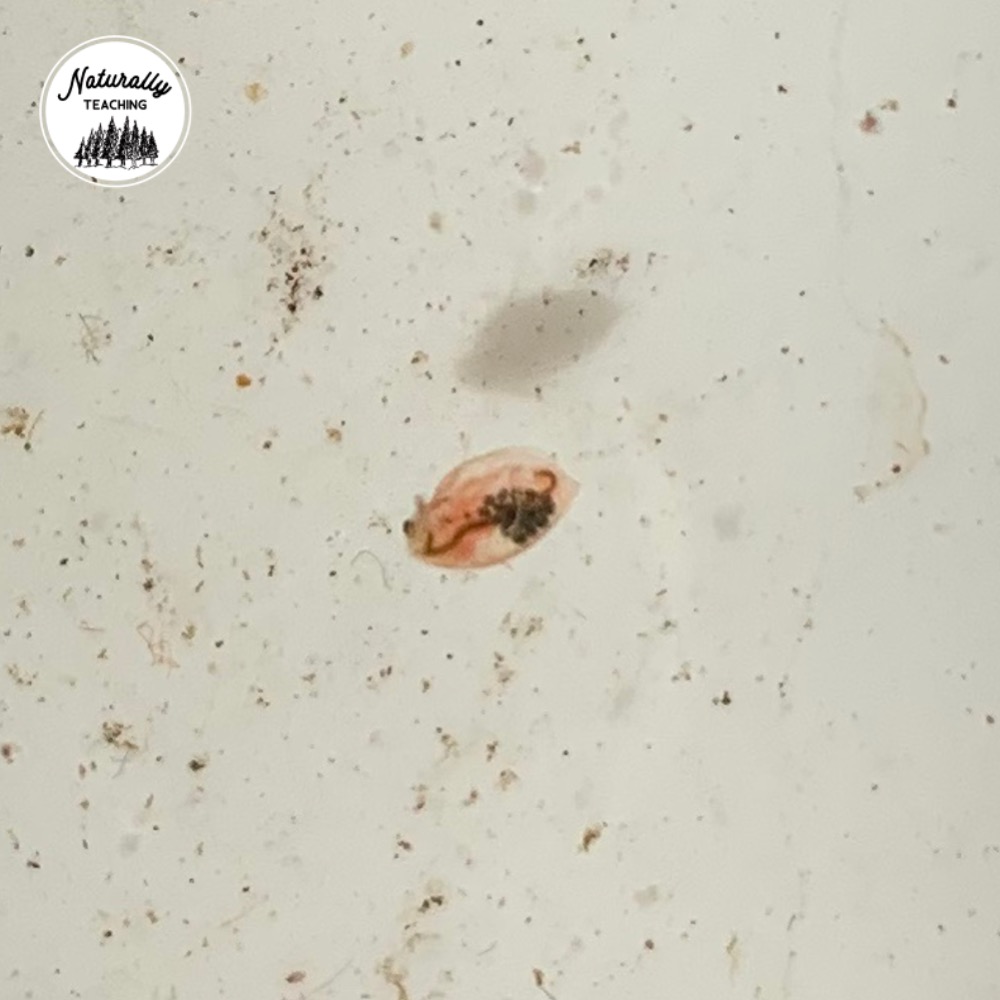
Daphnia are a kind of water flea that eats algae, microscopic animals, and other organic matter.
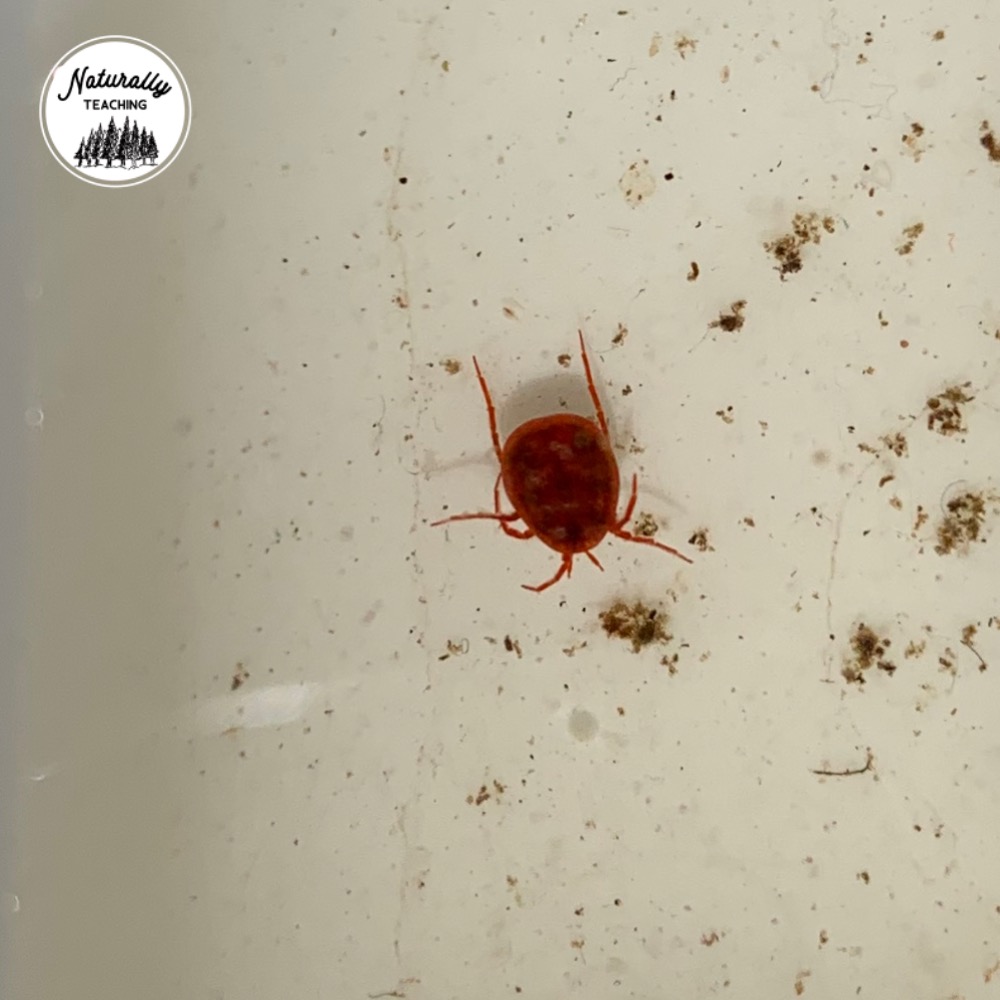
Water mites are arachnids that feed on worms, small crustaceans, and insects. They have to swim to the surface to get air and tend to be about .2 inches in length.
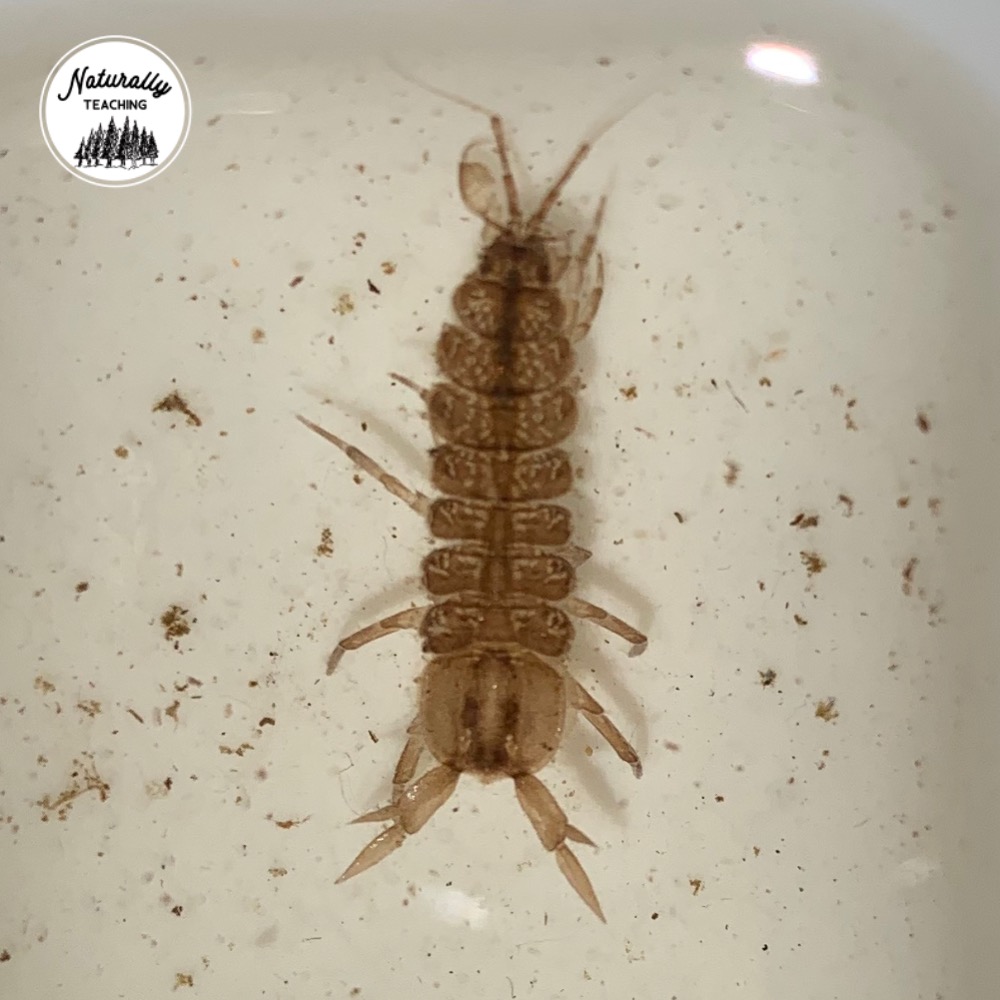
Isopods are scavengers that eat decaying plants from the bottoms of the vernal pools. The aquatic species found in vernal pools are related to pill bugs, aka rollie polllies.
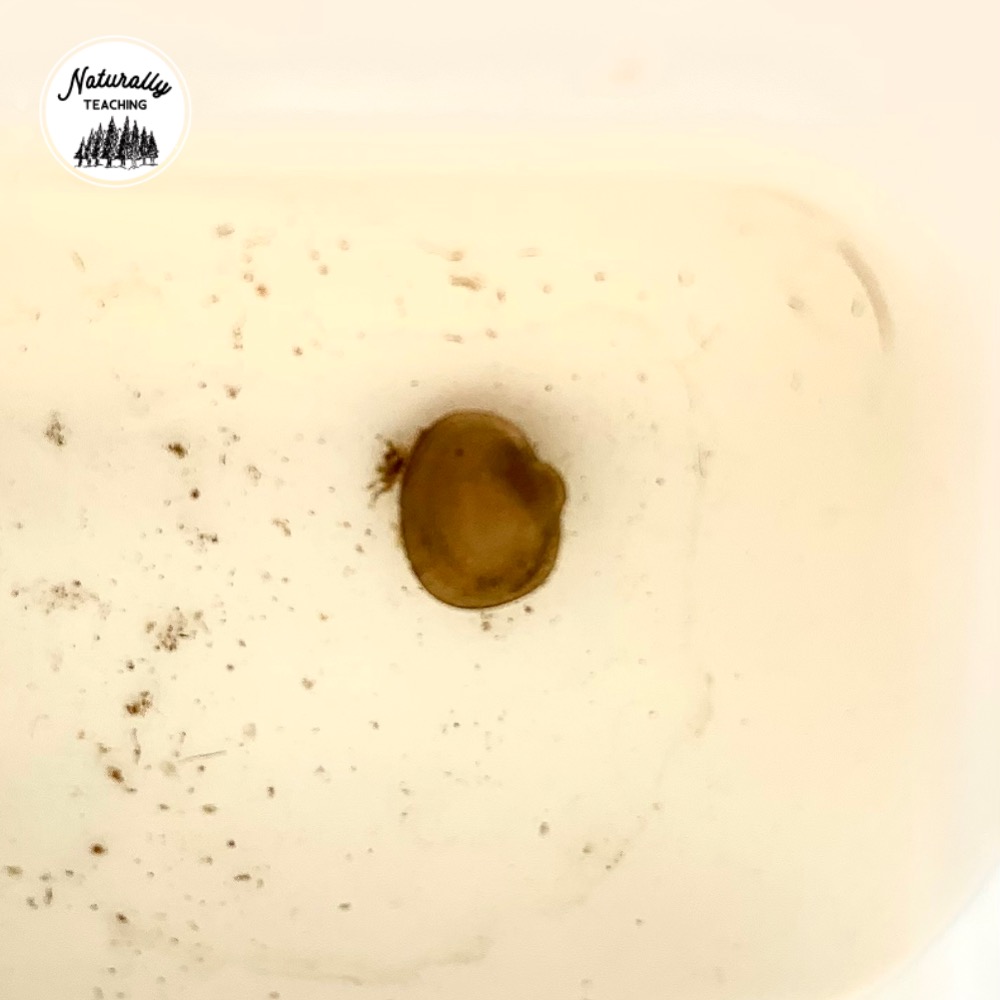
Fingernail clams are small with bivalved shells. They filter feed by siphoning water containing food and dissolved oxygen.
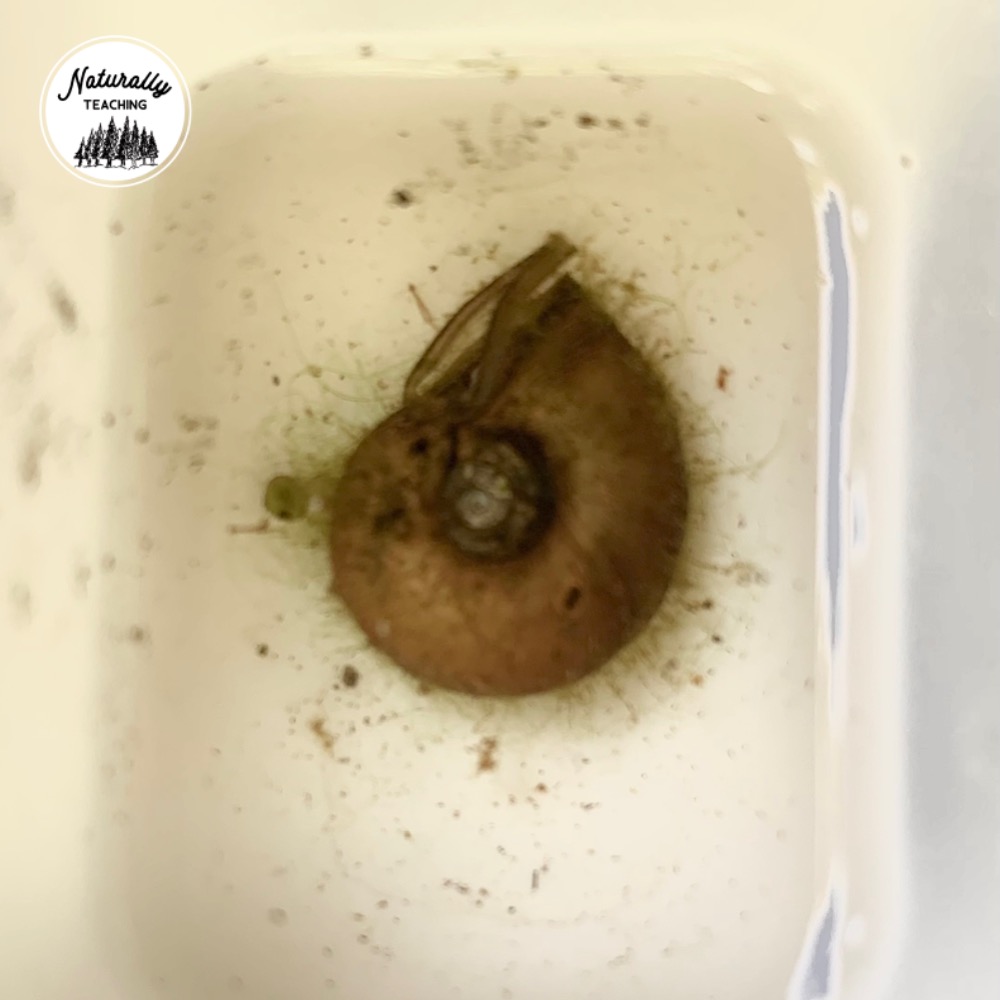
Snails come in many shapes and sizes. Most vernal pool species eat plants but some also feed off dead animals.
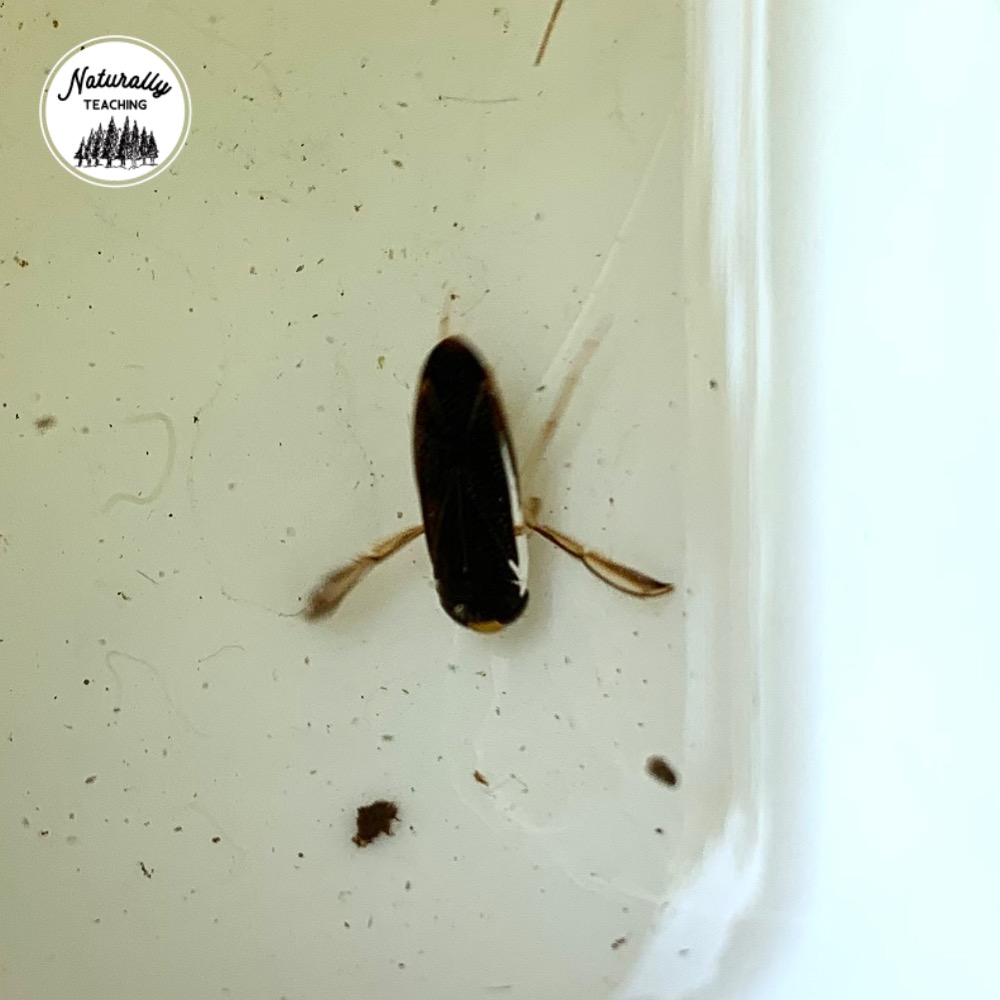
Water boatmen are true bugs that eat algae and decaying matter from the bottom of vernal pools. They are insects that have flattened hind legs for swimming.
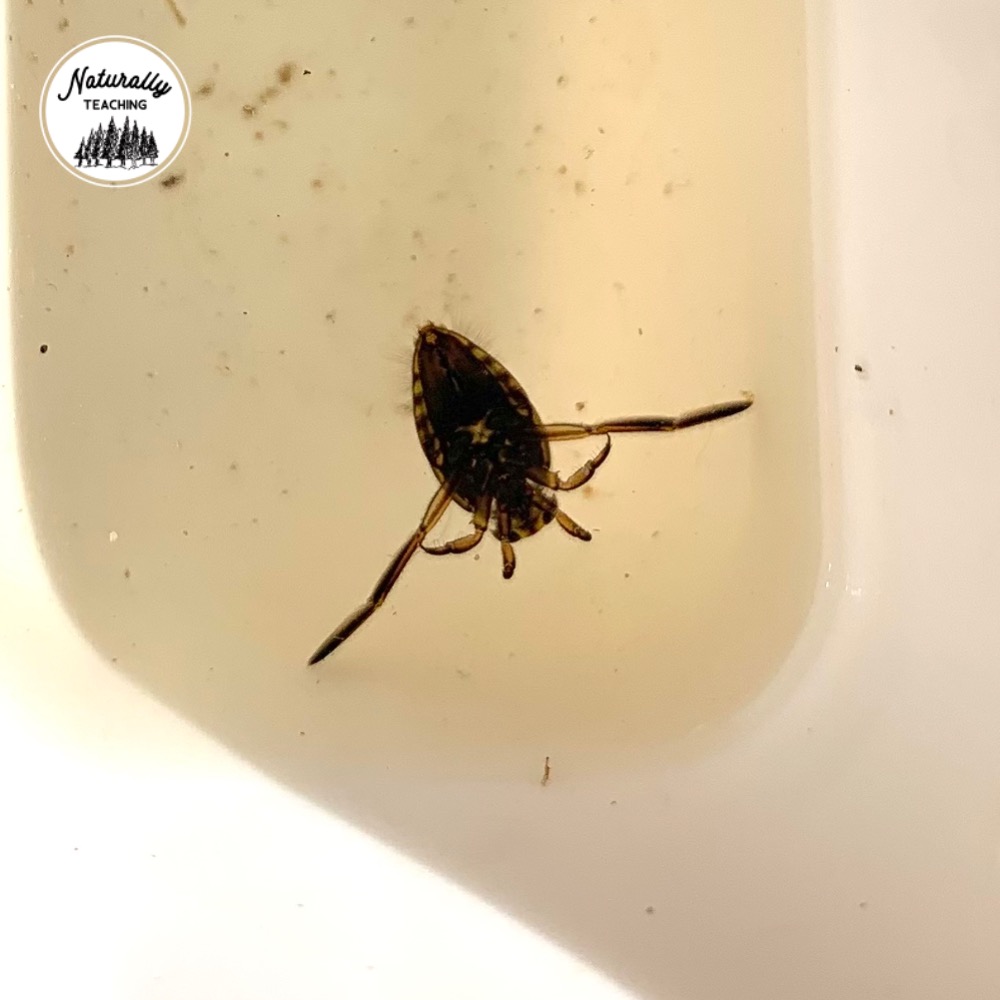
Backswimmers are true bugs that are identified by their tendency to swim on their backs. They have very long hind legs to help them swim.
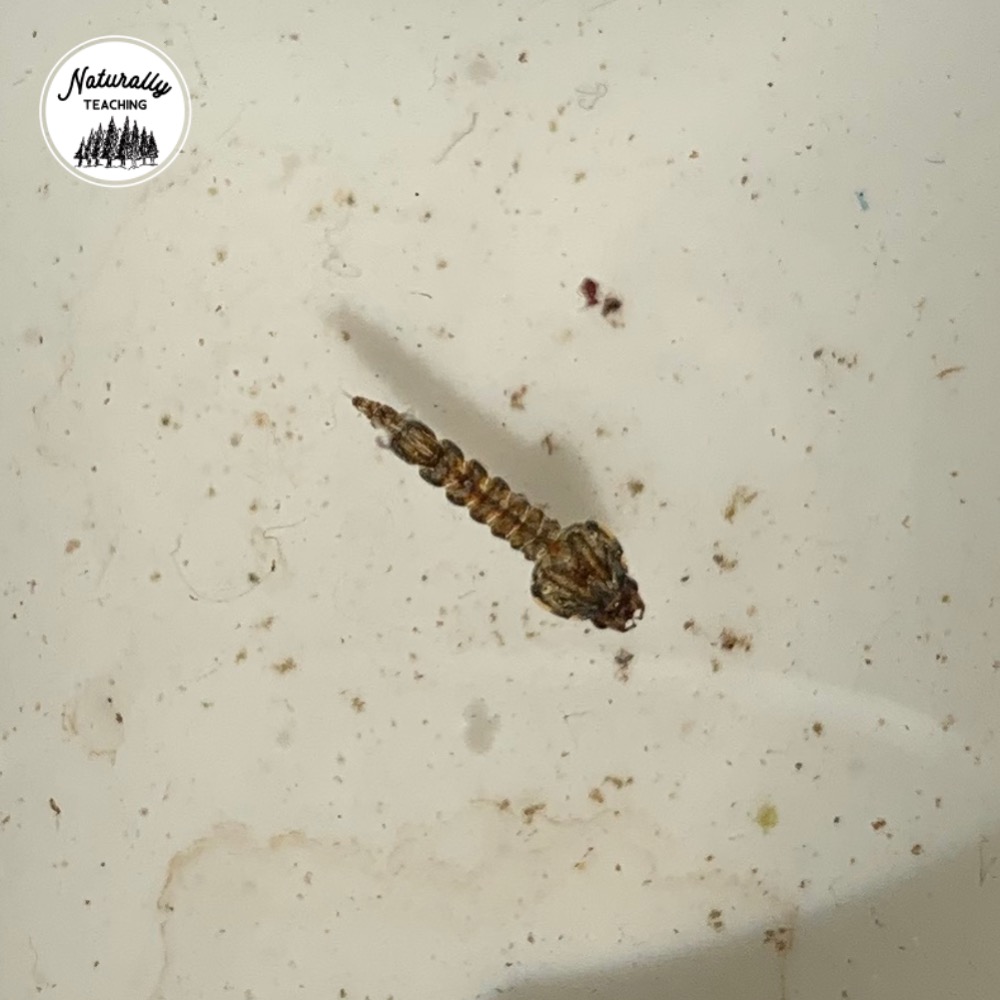
Mosquito larvae tend to be between .2 – .5 inches in length and are identified by their twitchy, wiggling motion while in the water.
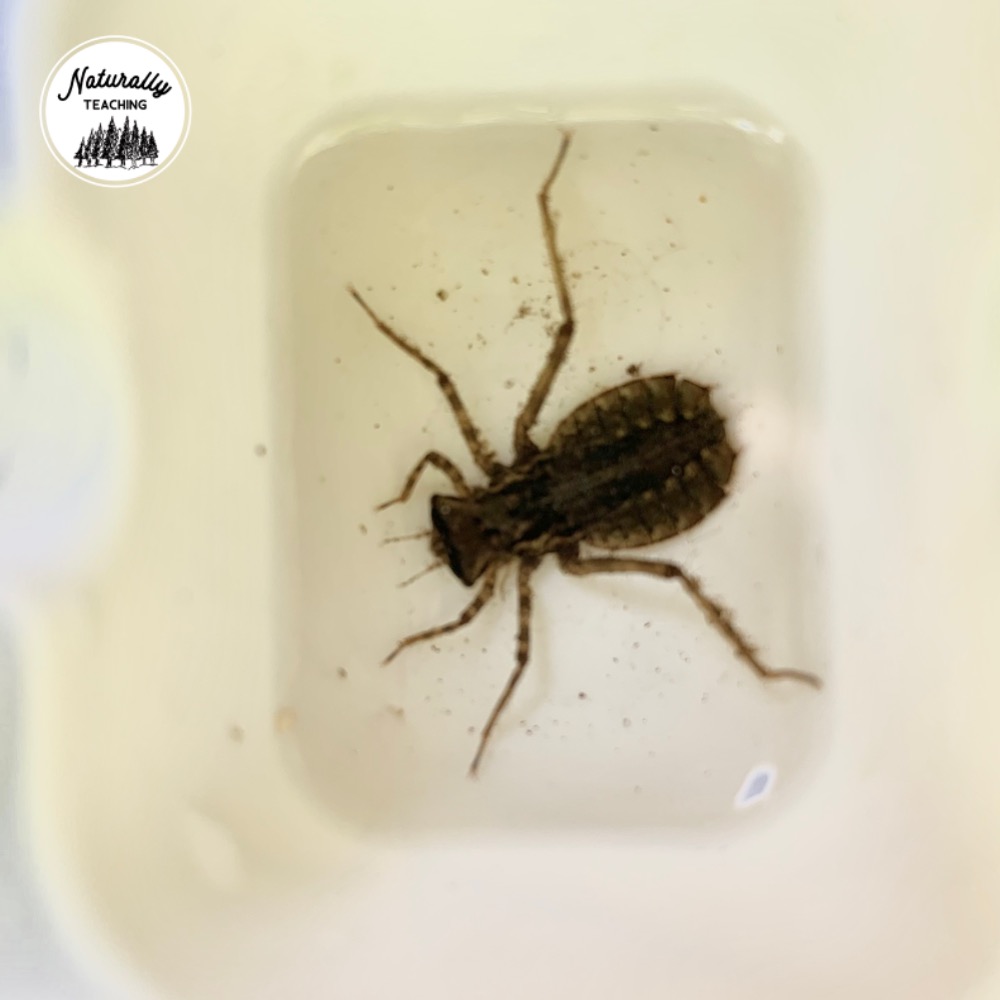
Dragonfly nymphs are the larval form of dragonflies and eat insect larvae, worms, and small crustaceans. The dragonfly species that will be found in vernal pools are the ones that complete their life cycles quickly.
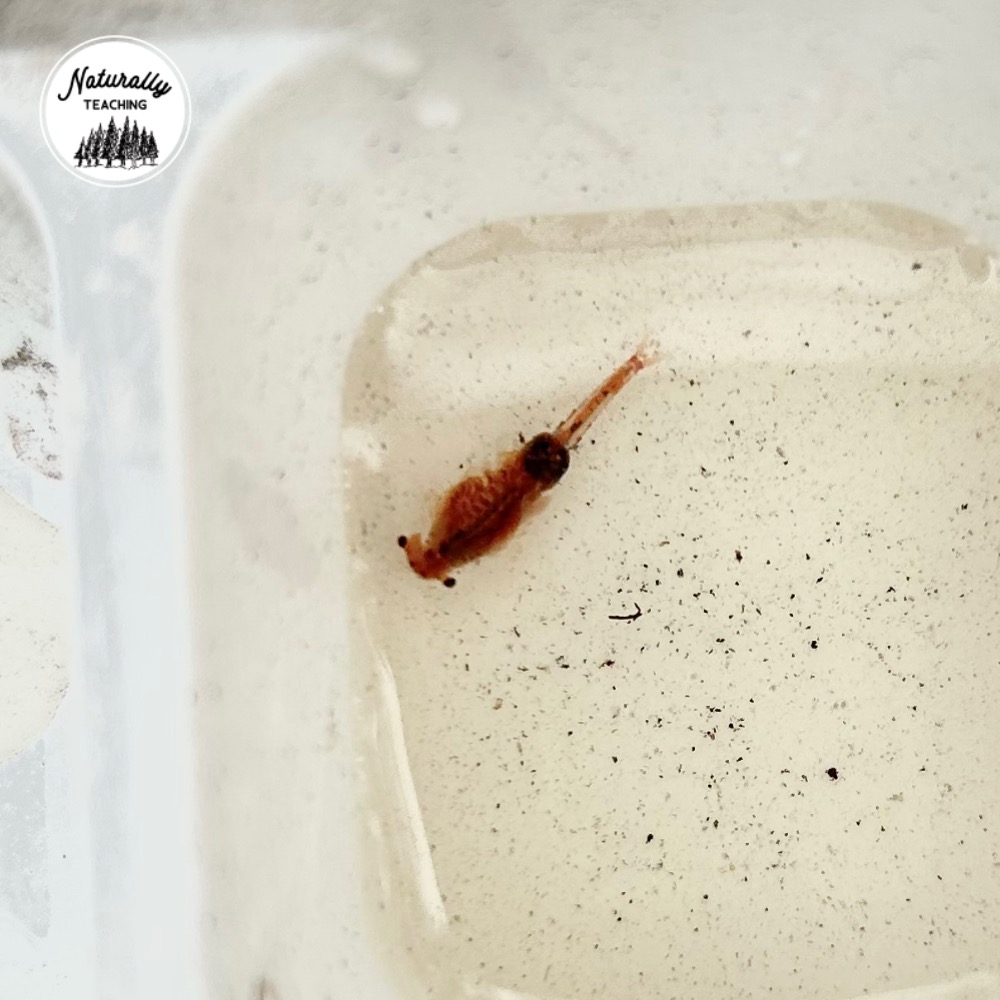
Fairy shrimp are freshwater crustaceans that swim upside down with 11 sets of appendages. They tend to be 1 inch or less in length. Watch the video to see their interesting way of swimming!
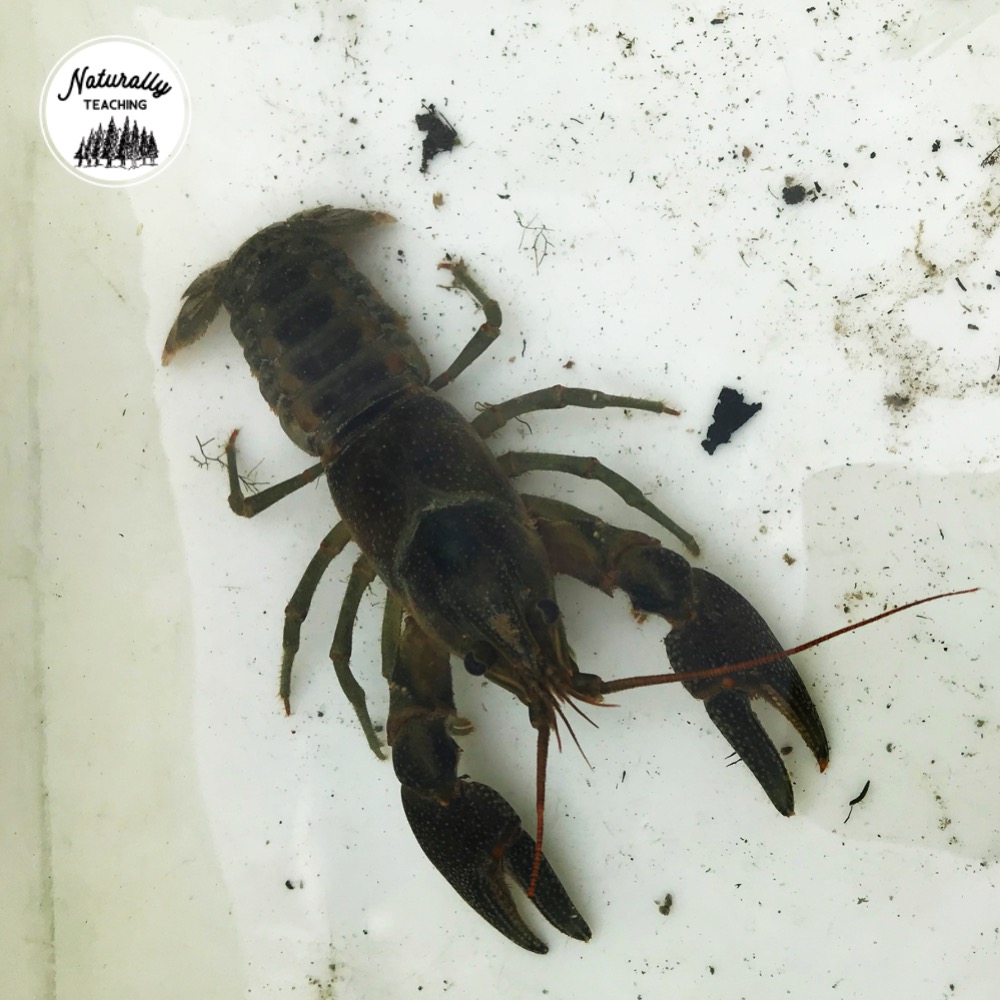
Crayfish are crustaceans that eat plants and sometimes small animals if they are available. They can be found in vernal pools or in “chimneys” made from balls of mud near vernal pools.
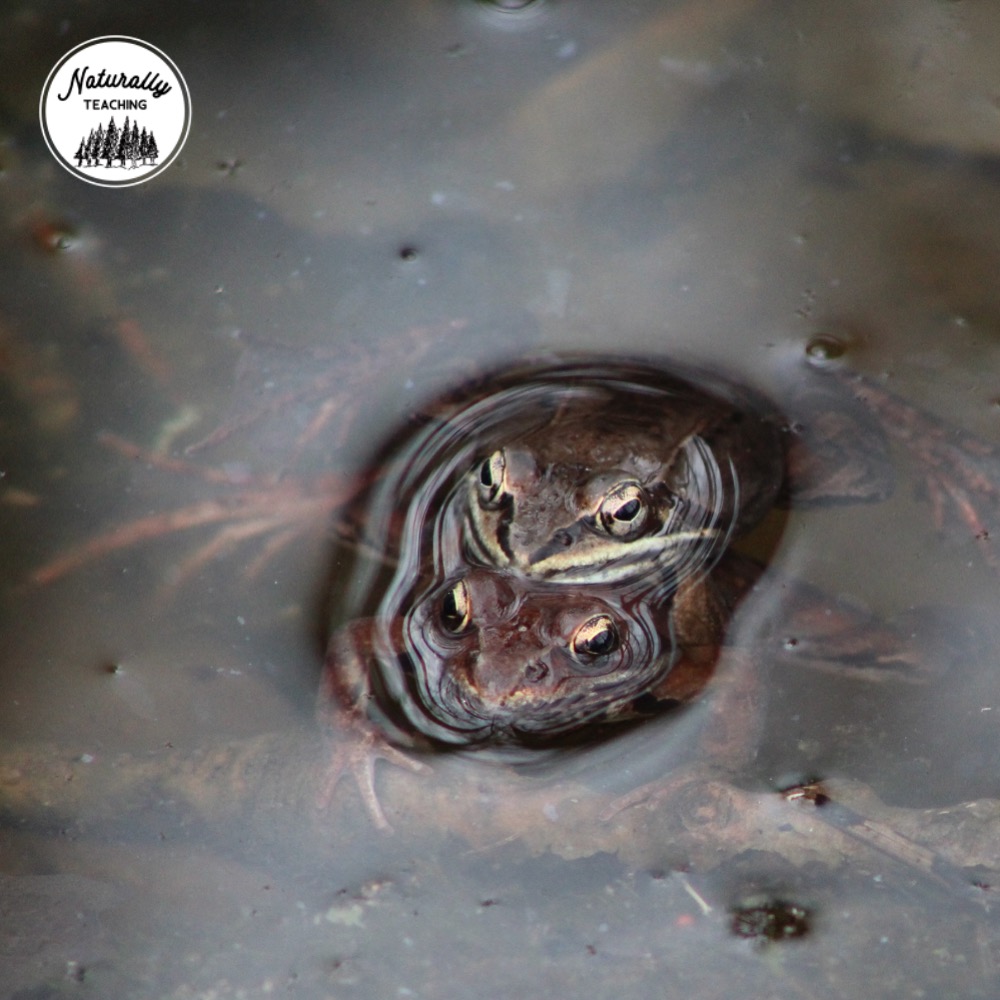
Wood frogs are forest frogs that tend to be between 1.5 – 3 inches in length. They are often brown but can appear pink or black but always have a brown mask from the eye to the front leg. They use their two side air sacs to make a call that sounds like a quacking duck.
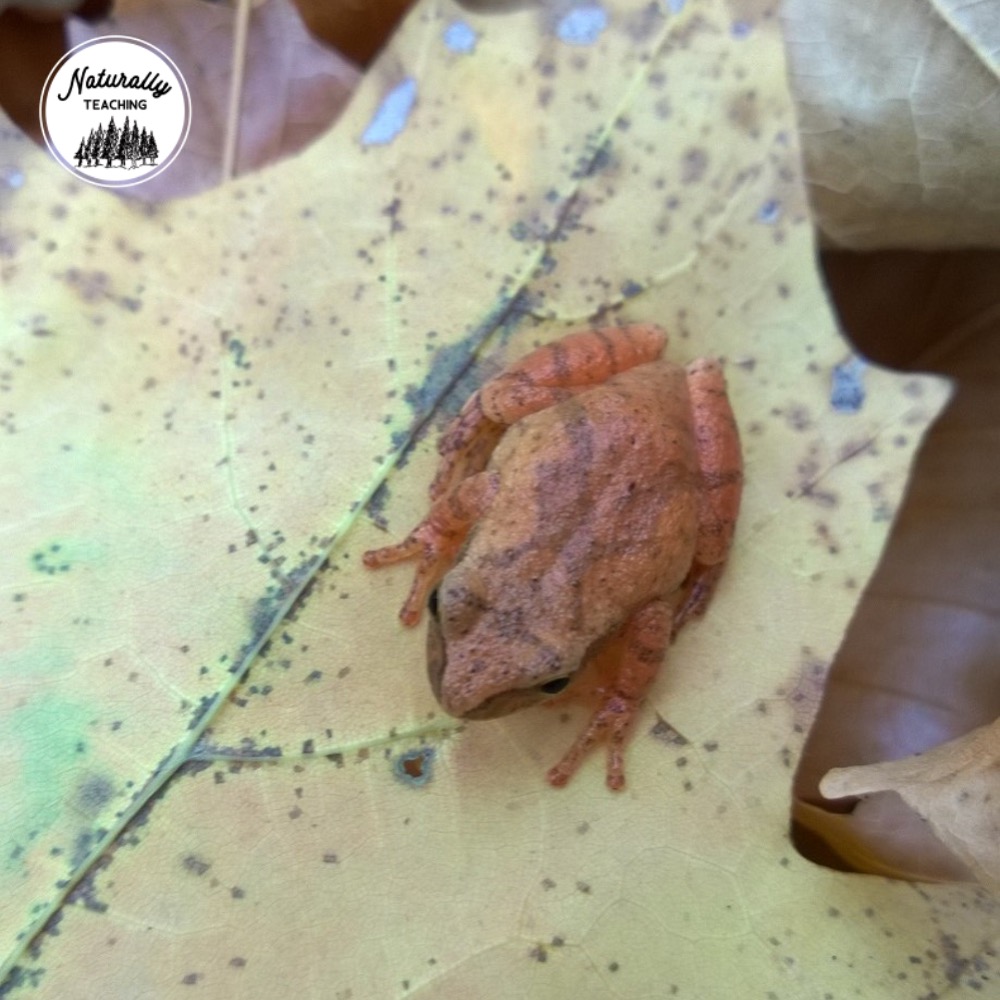
Spring peepers are chorus frogs that tend to be about 1 inch in length. They are pink, tan, or brown but always have an “X” on their back. They use their throat sac to make a very loud “peep”ing sound.
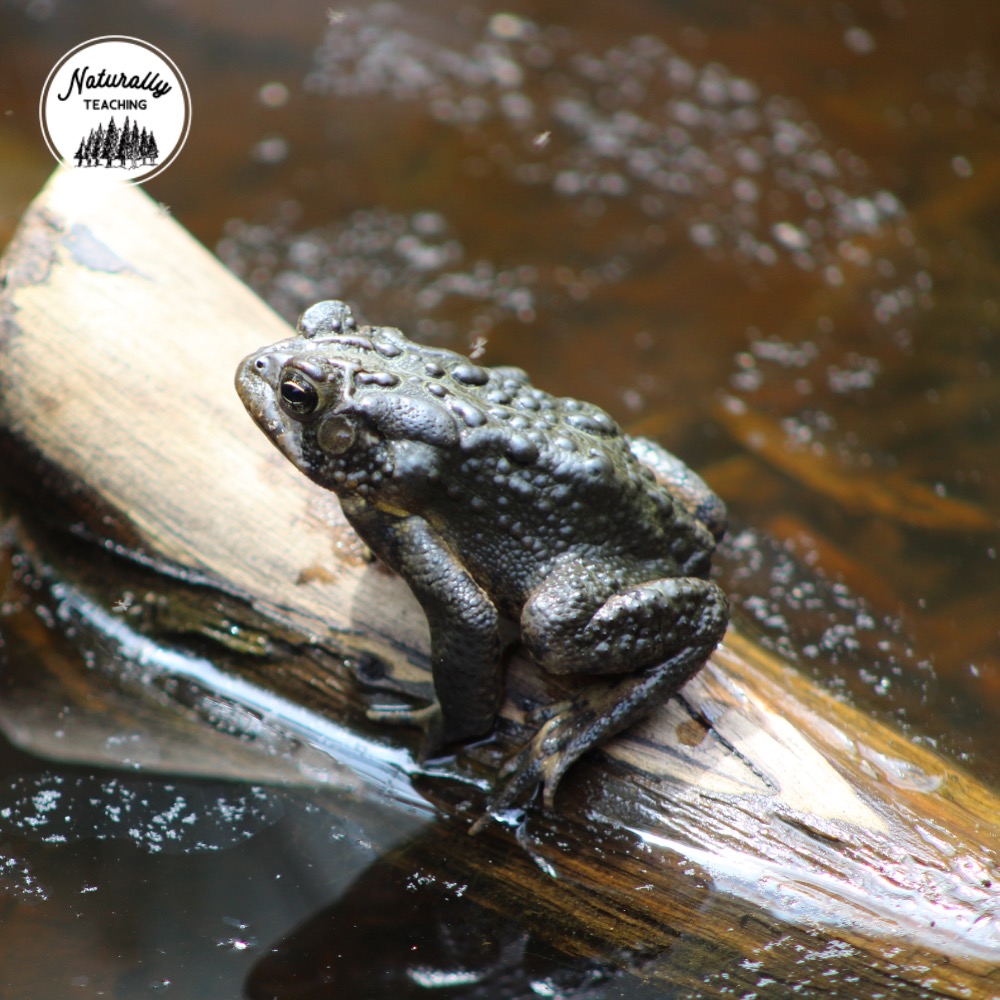
American toads are usually found in the forest but will make their way to vernal pools to mate in the spring. The male uses his throat sac to make a trilling noise to attract females. These amphibians tend to be 2 – 4 inches in length.
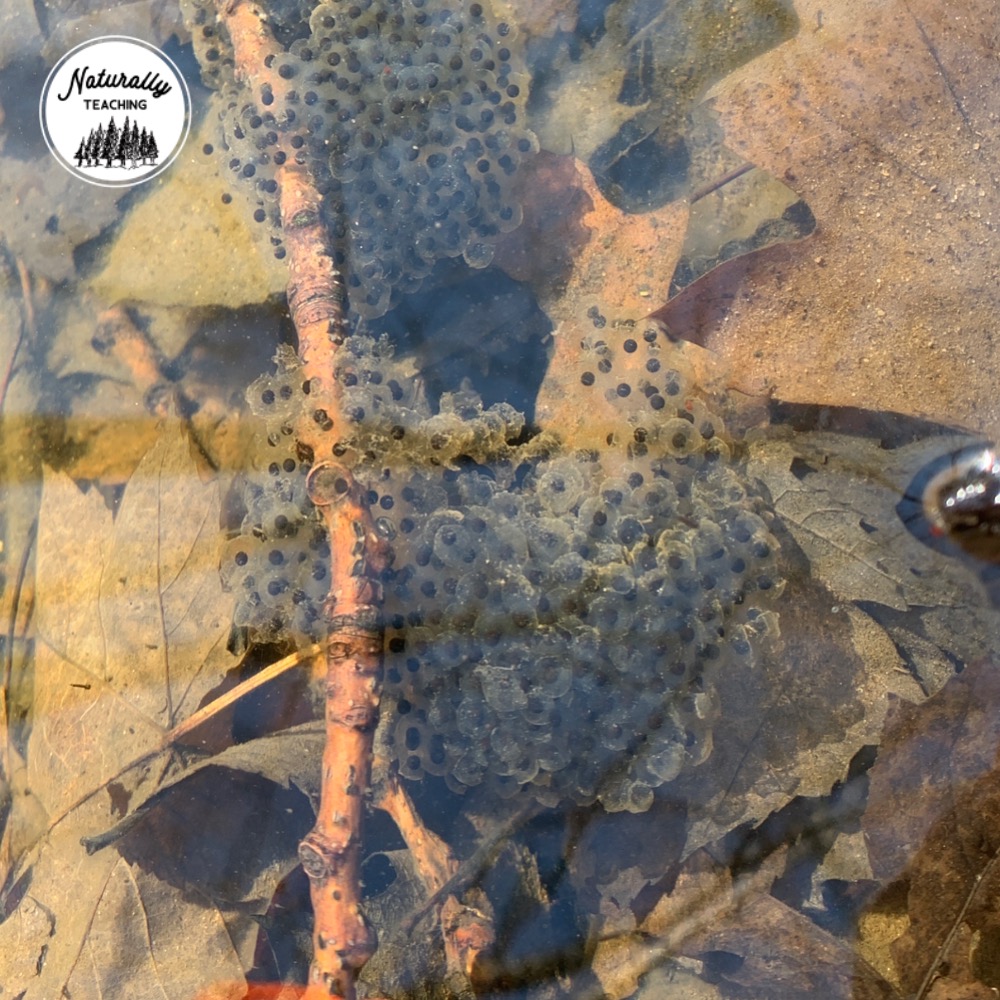
Frog and toad eggs can be found in vernal pools. Some eggs are laid singly, like Spring peepers, while others are laid in masses, like Wood frogs. Toad eggs can be identified by the fact that they are laid in long strings.
The Secret Pool by Kimberly Ridley is such a fantastic introduction to vernal pools for children of all ages (and is one of my favorite picture books ever!). Written in rhyme and rhythm, Ridley anthropomorphizes the vernal pool to explain how it’s created by rain and melting snow. It also explains what kinds of animals use it and its benefits to the forest ecosystem.
Some of the animals mentioned by the vernal pool include wood frogs, spotted salamanders, fairy shrimp, bullfrogs, and migratory birds. The Secret Pool by Kimberly Ridley also includes asides that are packed full of awesome information about vernal pool species.
In the Next Generation Science standards, kindergarteners get the opportunity to learn about animal needs. The standard K-ESS3-1 states that kindergarteners should “use a model to represent the relationship between the needs of different plants and animals (including humans) and the places they live.”
Before reading, remind your students that animals need food, water, shelter, and space to survive. Read the story The Secret Pool by Kimberly Ridley. Have your students put a finger on their nose when they see an animal getting what they need to survive. Have your students share with their neighbor or take a few volunteers to share with the class what the animal need was and how the vernal pool supplied it.
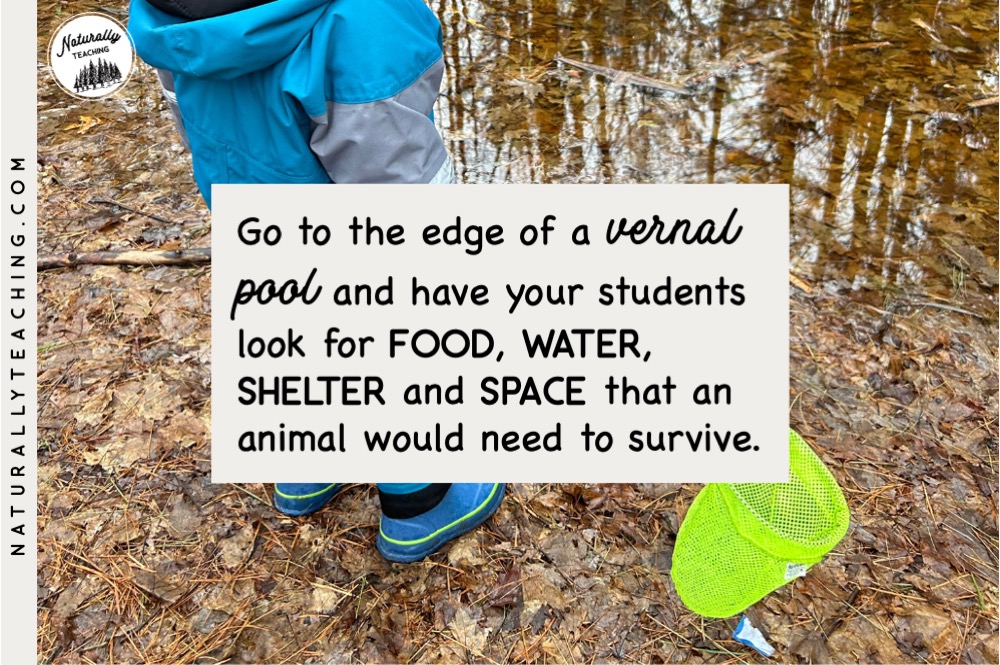
Get your kiddos up and out of their seats to go investigate a vernal pool near your school. Go to the edge of the temporary pond and have them look to see what they can find. Can they find food, water, shelter, and space that would allow animals to survive there? If your students are stumped, remind them to think back to the book and remember the pictures they identified altogether.
If you don’t have access to a vernal pool near your school, consider free playing in your school’s greenspace. Supply your students with a picture of a vernal pool animal and then have your students supply it with food, water, shelter, and space. This will reinforce animal needs in a fun and engaging way.
In the Next Generation Science Standards, 1st graders get to learn about sound waves. The standard 1-PS4-1 states that 1st graders should: “plan and conduct investigations to provide evidence that vibrating materials can make sound and that sound can make materials vibrate.”
Read the story The Secret Pool by Kimberly Ridley. Have your students look and listen for ways that animals are using sound in the book. Have you students put a finger on their nose when they notice an animal using sound to their benefit. Give your students time to share with their neighbor or take a few volunteers to share with the class about what animal they saw and how they knew it was using sound.
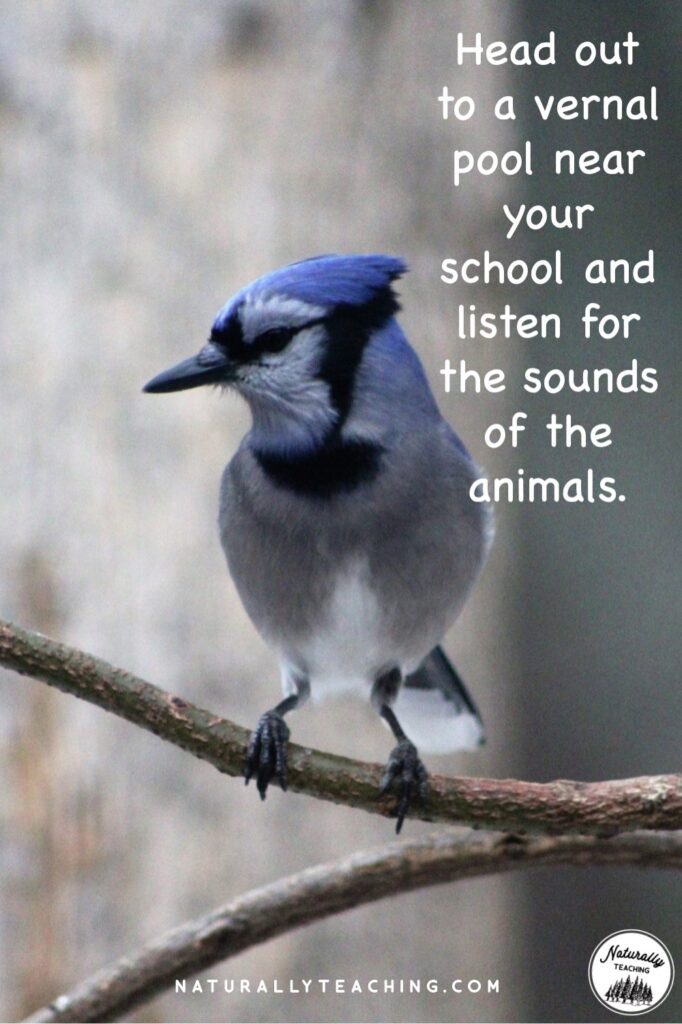
Head out to a vernal pool near you and listen for the sounds of the animals. Do they recognize any of the sounds from the book? Where are the sounds coming from? Have your students stand quietly at the edge of the temporary pond to see if they can find the frogs and birds that are making sound near them.
If you do not have access to a vernal pool near your school, consider searching YouTube for videos of frogs calling in water. This will help your students see how the air sacs on frogs vibrate, making the sound that travels through the air to your ears. You can even see ripples in some of the videos, this shows the invisible sound waves moving through the water in waves.
In the Next Generation Science Standards, 2nd graders get the opportunity to learn about water and where it can be found on Earth. The standard 2-ESS2-2 states that 2nd graders should: “develop a model to represent the shapes and kinds of land and bodies of water in an area.”
Read the story The Secret Pool by Kimberly Ridley and have your students pay close attention to what happens with the water throughout the story. Where does it come from? Where does it go? Why is it important to the forest ecosystem?
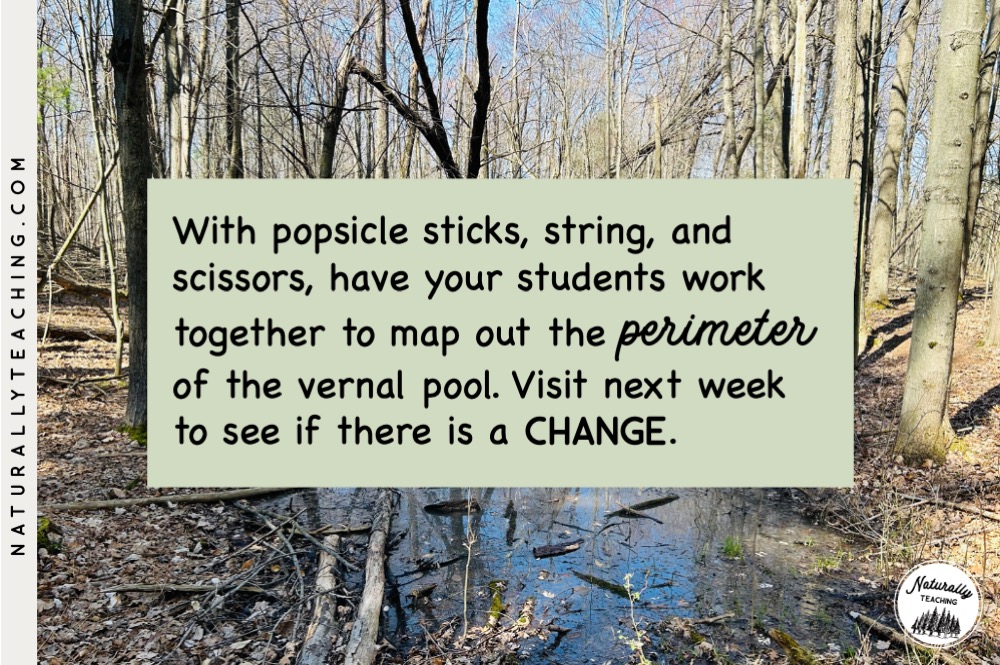
Head out to a vernal pool near your school with popsicle sticks, string, and scissors. Have your students work together to push popsicle sticks into the ground along the edge of the vernal pool. Then they should use the string to connect the popsicle sticks together. Revisit the vernal pool in a week to see how the amount of water has changed. If there was a lot of rain that week, their popsicles may be submerged. If there was a lot of sunlight that week, the water may have evaporated and moved away from the popsicle sticks.
Don’t have access to a vernal pool near your school? Consider having your students design a vernal pool of their own. After reading the story, they should have a good idea of how a vernal pool is made, what it includes, and how it provides for organisms from the forest. They should draw a picture and write a short story to go along with their very own vernal pool.
In the Next Generation Science Standards, 3rd graders get the opportunity to learn about life cycles. The standard 3-LS1-1 states that 3rd graders should: “develop models to describe that organisms have unique and diverse life cycles but all have in common birth, growth, reproduction, and death.”
Read the story The Secret Pool by Kimberly Ridley and have your students watch for different life stages of animals. When you’ve finished reading the book, have a class discussion about what animals they saw and what life stages they were in. How did the vernal pool help their development?
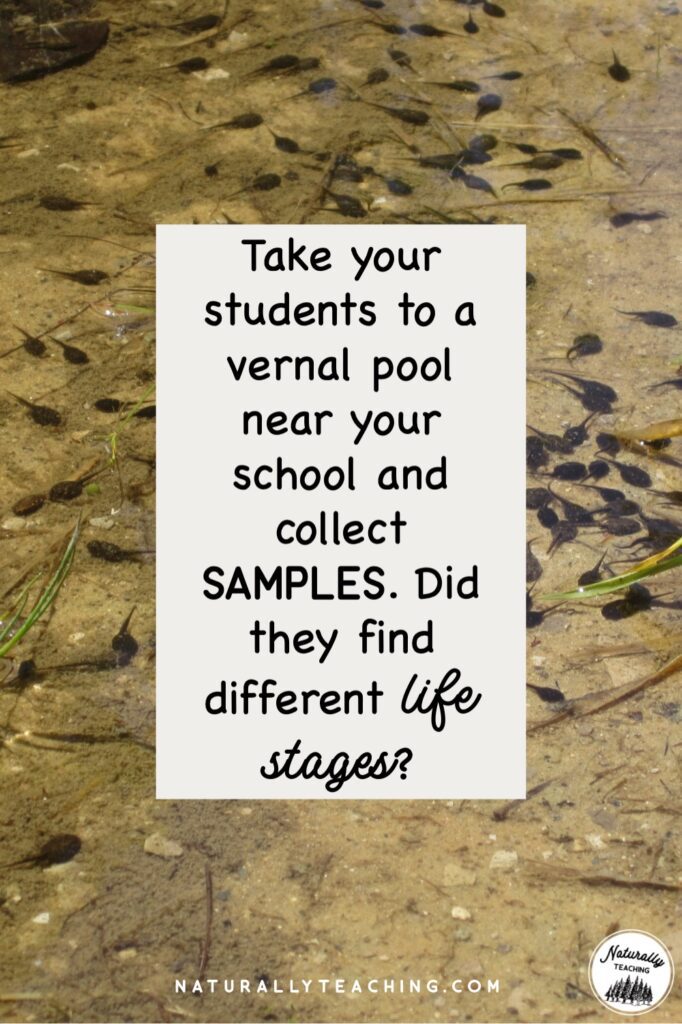
Take your students to a vernal pool near your school with collecting tools. These tools could be small buckets, *clean* yogurt containers, or other *clean* recyclables. You do not need to have nets to be able to collect from vernal pools. Spend some time dipping into the water and collecting animals. What life stage do they look like they are in? Could you find all of the different stages that belong to that animal?
If you do not have access to a vernal pool near your school, give your students the opportunity to create a comic strip about the life cycle of a vernal pool creature. This could take some research, but your students will have fun developing a story about the creature’s change, their experience with predators, and more.
In the Next Generation Science Standards, 4th graders get the opportunity to learn about the internal and external structures of animals that help them survive. The standard 4-LS1-1 states that 4th graders should: “construct an argument that plants and animals have internal and external structures that function to support survival, growth, behavior, and reproduction.”
Read the story The Secret Pool by Kimberly Ridley. Have your students pay attention to the different adaptations that the author highlights. Have a class discussion about these amazing traits and how they help the animals survive.
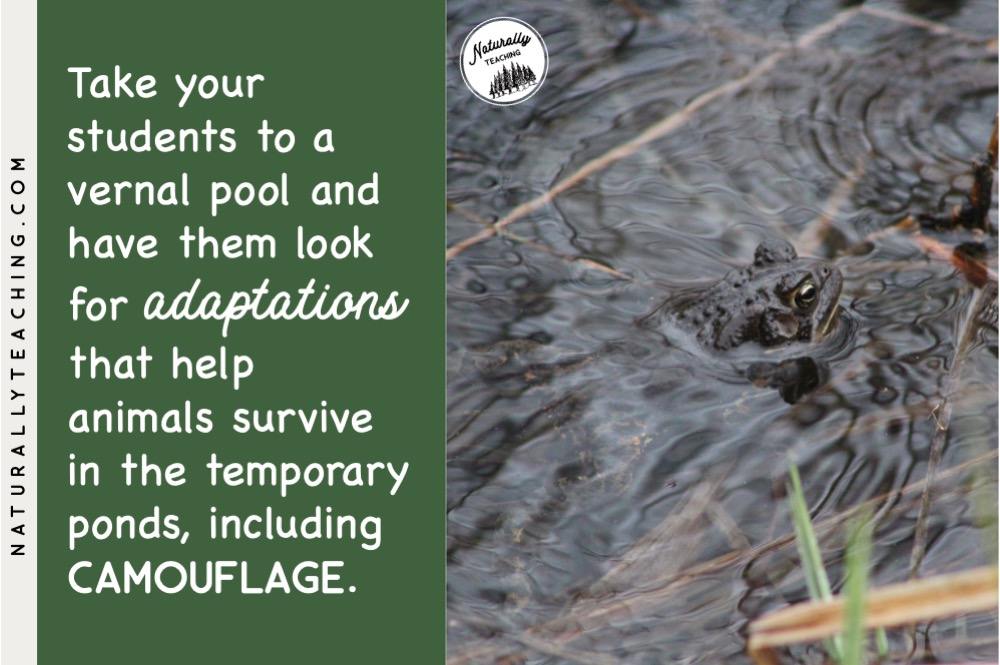
Take your students outside to a vernal pool near your school and see if they can find any of the animals that they noted from the story. One very evident adaptation that your students could be keen to look for is camouflage. A lot of the creatures in vernal pools are brown or leaf colored. This coloration helps them blend in with the leaf litter in the bottom of the temporary ponds. It’s like a real-world Where’s Waldo?!
If you do not have a vernal pool near your school, provide your students with the task of designing a new species of animal that could survive in vernal pools. They should provide this creature at least one unique external and one unique internal structure that aids in their survival. After everyone has created their creature, conduct a gallery walk so that everyone can see the awesome new life that their classmates created.
In the Next Generation Science Standards, 5th graders get the opportunity to learn how science ideas can help to protect nature. The standard 5-ESS3-1 states that 5th graders should: “obtain and combine information about ways individual communities use science ideas to protect the Earth’s resources and environment.”
Read the book The Secret Pool by Kimberly Ridley and talk about the indicator species that use vernal pools. Vernal pools are great indicators of environmental health. When vernal pools are populated with sensitive species such as Fairy shrimp, Wood frogs, Spring peepers, and Chorus frogs, scientists know that the forest is healthy.
Research a vernal pool citizen science project near you to partake in with your students. For example, here in Michigan MSU is running a citizen science project called Vernal Pool Patrol. By surveying vernal pools and reporting the information to scientists, your students are actively using science to help protect Earth’s resources and the environment.
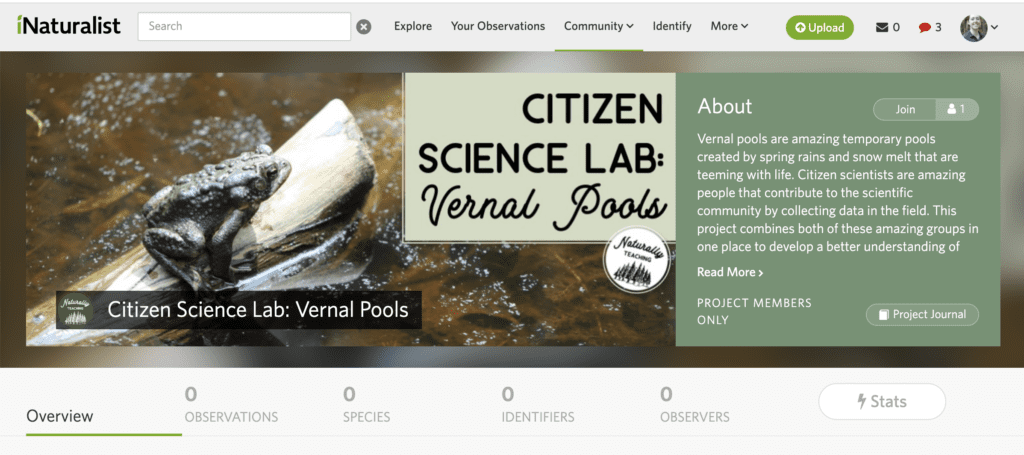
If you can’t find a vernal pool project near you, consider joining my iNaturalist project, “Citizen Science Lab: Vernal Pools” where your observations will be compiled with other amazing educators taking their students into the field. Not sure how? My resource “Citizen Science Lab: Vernal Pools – Citizen Science Projects for 5th Graders” gives you everything you need to know in addition to 10 lessons to accompany the project.
Whether you’re studying different ecosystems, life cycles, citizen science, or more, take advantage of vernal pools this spring. Getting into the field and giving your students real-world experiences to apply their newly acquired information will solidify their understanding and provide them memories to link the information to. All of this will help their overall understanding and ability to recall the information later in life.
Bibliography
Conant, R., Stebbins, R.C., & Collins, J.T. (1992). Peterson First Guides: Reptiles and Amphibians. Boston, United States: Houghton Mifflin Company.
Reid, G.K. (2001). Pond Life. New York, United States: St. Martin’s Press.
Do you have any amazing experiences teaching vernal pools in your classroom? Describe them in the comments section to inspire a fellow elementary teacher to take action!
0